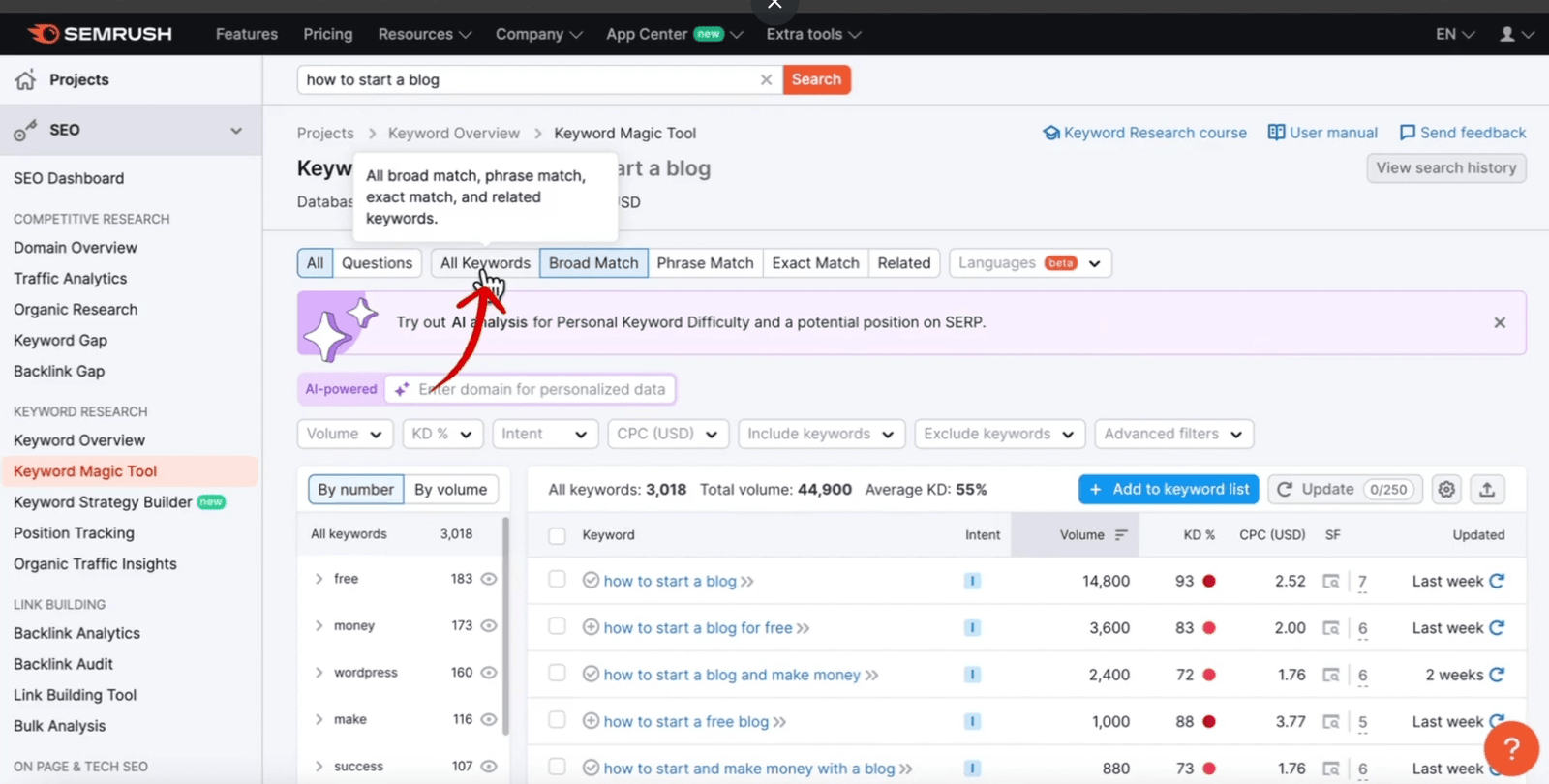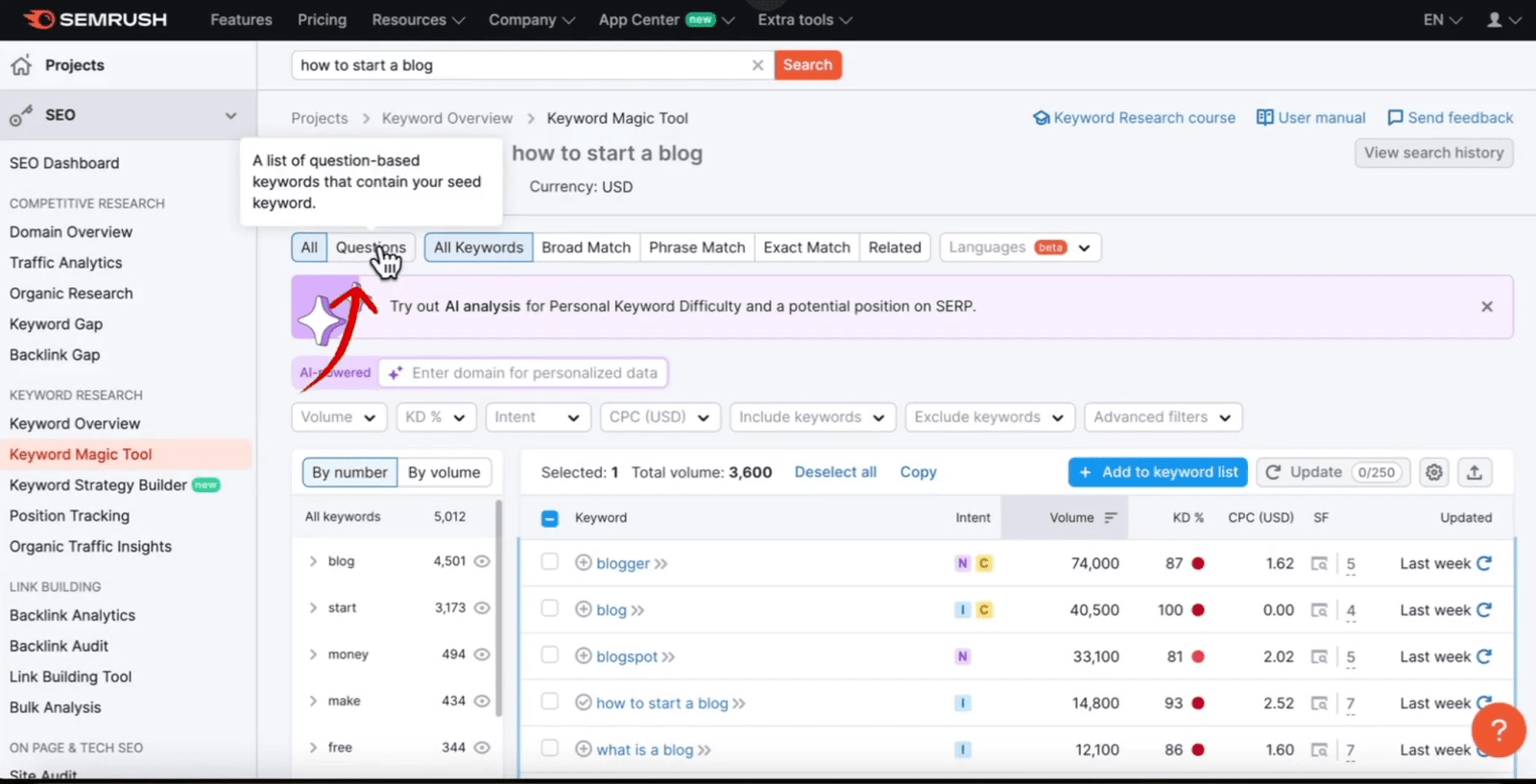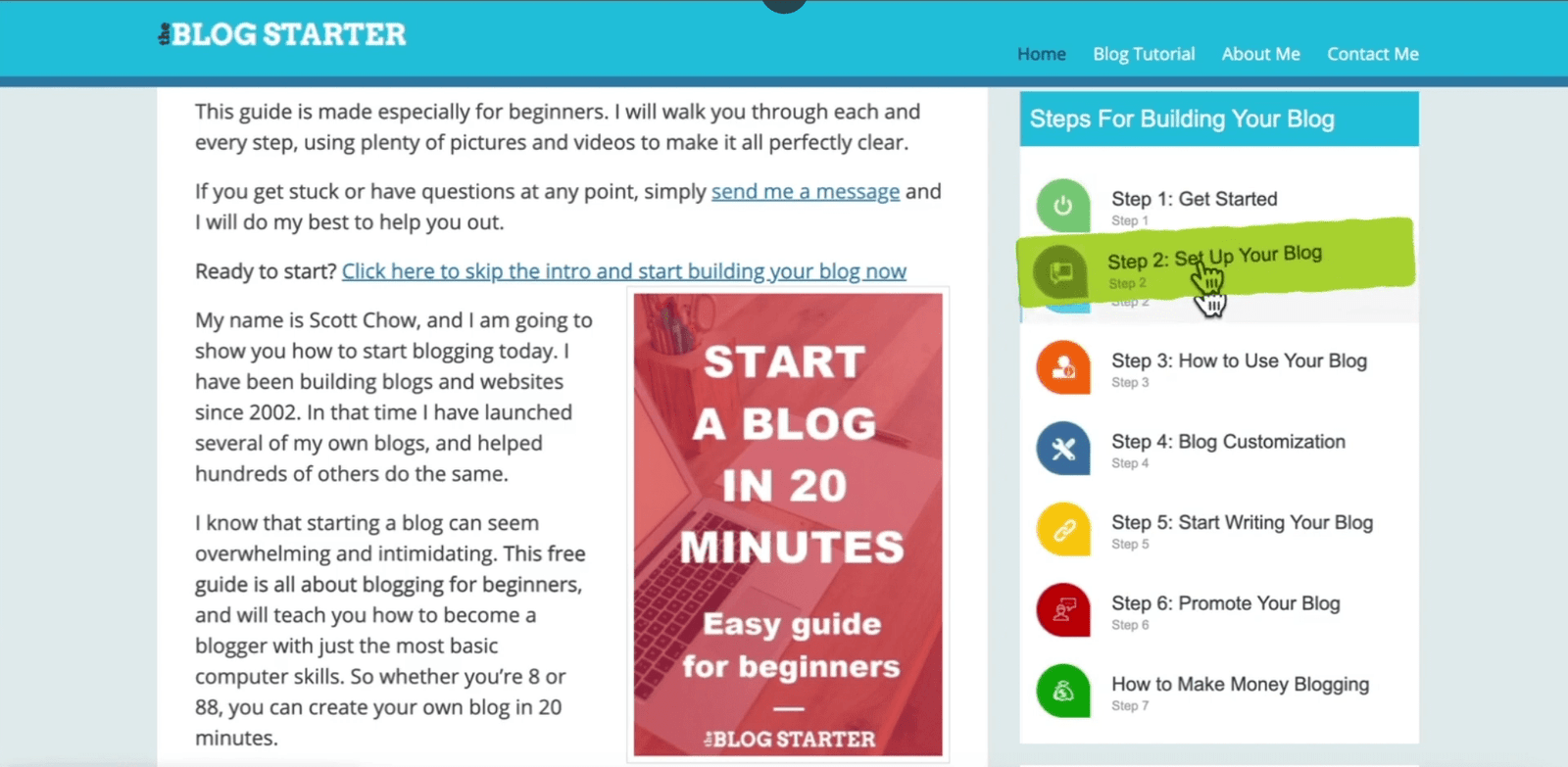When I began as an entrepreneur and content creator, I realized the importance of a well-structured article brief for high-quality content. Over time, I’ve refined a process that has led to successful publications in Entrepreneur and Forbes.
Today, I’ll share this process to help you streamline content creation and improve your blog’s performance, whether you’re starting a blog or looking to enhance an existing one.
Writing without a well-crafted brief is like a road trip without a map — easy to get lost. A clear article brief saves time and ensures focused, relevant content. Notably, 40% of content marketers have a documented strategy, including detailed briefs.
In this tutorial, I’ll walk you through creating an effective article brief using Google Docs and Semrush’s Keyword Magic Tool. This method turns abstract ideas into actionable plans for compelling, well-optimized articles.
Ready? Let’s get started!
Step 1: Set Up Your Tools
Before we dive into the process, let’s gather the essential tools you’ll need.
1. Gather Your Resources

Ensure you have:
- Google Document: This is where you’ll draft your brief.
- Semrush’s Keyword Magic Tool: An invaluable resource for keyword research and idea generation.
2. Identify Your Main Keywords
Having a clear list of your main topics and keywords is crucial. With these ready, you’re all set to begin.
Step 2: Conduct Keyword Research
Start by heading to the Keyword Magic Tool on Semrush to analyze keywords. Enter your primary topic. For this example, let’s use “how to start a blog.”
1. Use Keyword Magic Tool

- Search for Your Topic: Enter your main keyword into the Keyword Magic Tool. For “how to start a blog,” you’ll see around 5,000 keywords with a total search volume exceeding 600,000.
- Filter and Select Keywords: Scroll through the list and pick relevant subtopics.
For instance:
- “How to start a blog for free” can be an H2 heading.
- “How to earn money from a blog” as another H2.
- Avoid duplicates like “How do we earn money from blogging.”
2. Add Questions for FAQ Section

Switch to the questions tab to find potential FAQ items. Order them by keyword difficulty to pick the easiest ones.
Examples include:
- “How to start a do-it-yourself blog?”
- “Is Shopify good for blogging?”
- “How to start a photography blog?”
These FAQs typically require concise answers, making them perfect for the end of your article.
Step 3: Analyze Featured Snippets

Featured snippets can significantly boost your article’s visibility.
Here’s how to target them:
- Use Advanced Filters: Select “Featured Snippet” under SERP features.
- Analyze Snippet Formats: Check the format (listicle, paragraph, etc.) and replicate it in your content. For instance, if the snippet for “How to start a do-it-yourself blog” is a list, create a similar listicle.
Step 4: Outline Your Article

- Search Your Topic on Google: Open the top results for “how to start a blog.”
- Extract Headings: Note down headings like “Set up your blog,” “Blog customization,” “Start writing,” and “Promote your blog.”
Step 5: Finalize and Delegate

If you’re delegating, provide clear instructions:
- Use identified keywords.
- Follow the format of featured snippets.
- Adhere to the structure outlined in the brief.
Bonus Tip: Using Semrush for Optimization
I can’t stress enough how Semrush can be a game-changer for your content strategy. Not only does it help with keyword research, but it also offers insights into your competitors’ strategies, helping you stay ahead of the game.
Key Takeaways
- Keyword Research: Start with a solid list of keywords using Semrush.
- FAQ Generation: Use the questions feature for easy wins in the FAQ section.
- Featured Snippets: Analyze and replicate the format to capture these high-visibility spots.
- Competitor Analysis: Learn from the best to improve your content.
- Detailed Briefs: Provide clear, actionable instructions to your writers.
By following these steps, you’ll be able to create comprehensive article briefs that not only streamline your writing process but also enhance the quality and SEO performance of your content.
Special Semrush Offer
Typically, Semrush offers a 7-day free trial, but I’ve partnered with them to provide a 14-day PRO trial. This extended trial is ample time to conduct your keyword research, create article briefs, and perform a backlink audit.
If you find Semrush as beneficial as I do, consider upgrading to a paid plan. By using my affiliate link, you’ll support my work, and I’ll earn a small commission at no extra cost to you.
Conclusion
Creating an effective article brief is like crafting a master plan. It requires attention to detail, strategic thinking, and the right tools. With Semrush at your disposal, you’re well-equipped to produce compelling, high-ranking articles. Dive into this process with confidence, and watch your content soar to new heights.
Disclaimer: Some of the links above may be affiliate links, which means that if you click on them, I may receive a small commission. The commission is paid by the retailers at no cost to you, and this helps to support our channel and keep our videos free.




